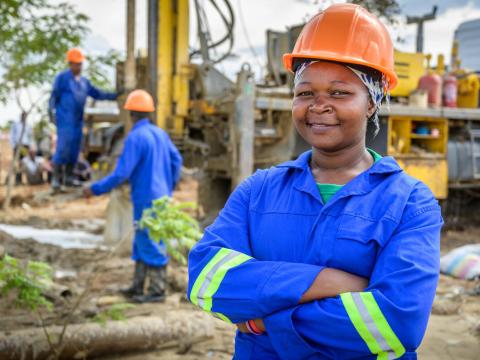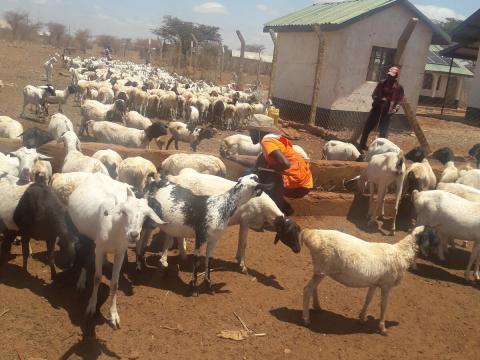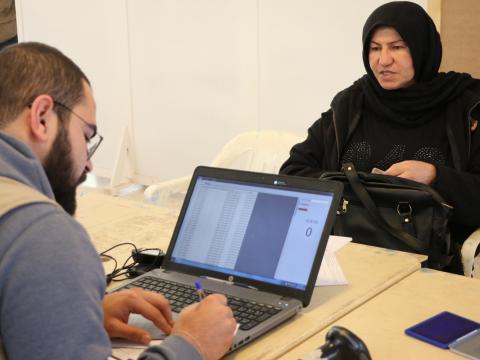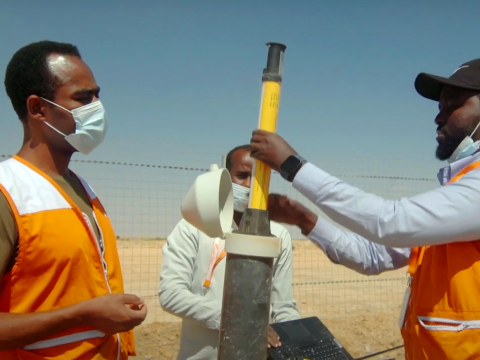
How do you use data to protect invisible water?
Allen Hollenbach invites you to consider how to track and protect the biggest source of water that you cannot see.
24 February, 2023
When we talk about protecting water resources often what comes to mind are flowing streams of water, born in mountain landscapes, that make their way through forested ecosystems, through pastured fields, alongside rural settlements and cityscapes, and into the ocean. Yet, much of the world's most precious water is buried beneath us, and thus often forgotten. The vast and varied aquifers beneath our feet are home to massive quantities of pristine water resources. The stewardship of this water is critical to sustaining life and flourishing on this planet—and we have a collective responsibility to protect it.
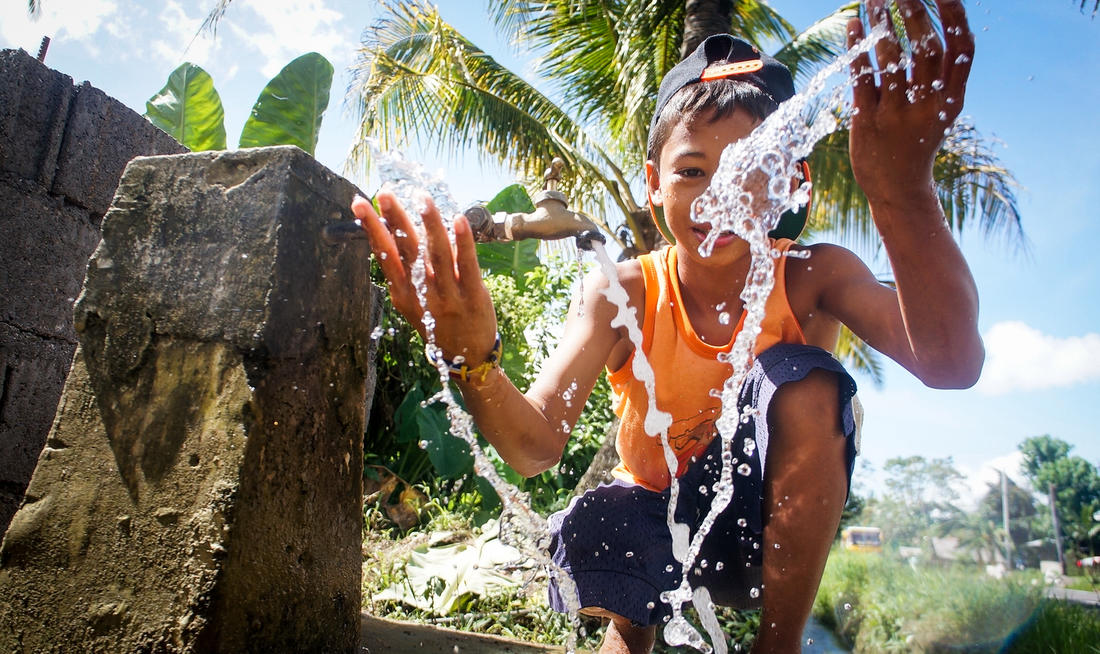
The important role of groundwater in thriving human communities cannot be overstated. According to the United National World Water Development Report of 2022, groundwater provides half of the total volume of water used to meet daily needs for drinking, food preparation, hygiene, sanitation, and bathing. For rural populations, the report concludes that groundwater often represents “the only feasible and affordable way to extend basic water access to the unserved.” Thus, groundwater management must remain integral to every step of water security planning and service delivery.
World Vision’s 2021-2025 Global WASH Business Plan sets out our vision for our work in the water, sanitation and hygiene (WASH) sector, including supporting the achievement of Sustainable Development Goal (SDG) 6.1, equitable access to clean water for all by 2030. Implementing Integrated Water Resources Management (IWRM) at all levels through transboundary cooperation is paramount to the realisation of SDG 6.1; from stewarding visible surface water systems to invisible groundwater systems.
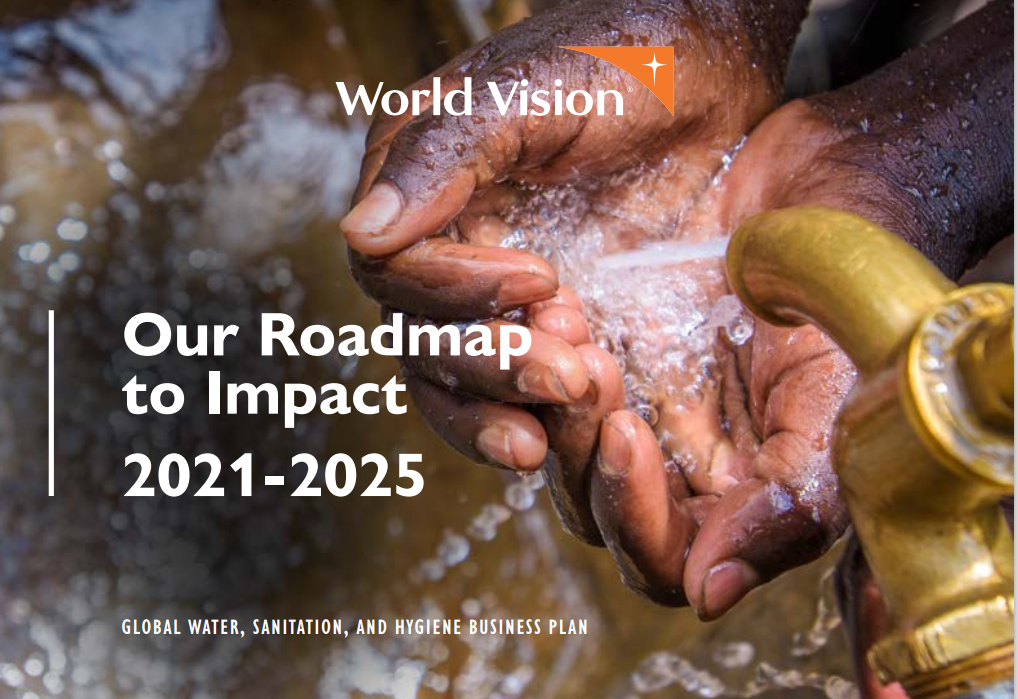
But how do we do this? What practical steps can we take?
The complexities of water use, land use, and conservation require involvement from key stakeholders beyond the WASH sector because the organisations that regulate water use and quality span multiple sectors (e.g., environment, agriculture, industry). Additionally, linking to national policies and management frameworks is essential for long-term accountability and sustainability. World Vision approaches IWRM from multiple angles—including awareness, advocacy, planning, and evidence-building—as we seek to partner with communities and government counterparts to build a water secure future.
World Vision promotes the following entry points in our programming focused on the protection and rehabilitation of watersheds and ecosystems:
- Considering hydrologic boundaries intentionally, including where the water supply systems we support are located within watersheds and atop aquifers
- Tracking the trends in land cover and land use for the watershed surrounding drinking water systems and, by extension, engaging with governments and communities to protect critical water source recharge areas
- Supporting government and service providers to implement a catchment-to-consumer water safety plan (reflecting the World Health Organization's best practices), with emphasis on culturally appropriate and contextualised stakeholder engagement and assessment of climate change hazards for climate-resilient WASH services
- Collecting and applying invaluable hydrological and meteorological data that enables Integrated Water Resources Management
Using data to protect the water
Building on this final point, hydro-meteorological data often serves as the foundation to better management of surface and groundwater resources. As the saying goes, we cannot manage what we do not measure. How can we support communities and governments in data-driven planning through the collection and analysis of hydro-meteorological data?
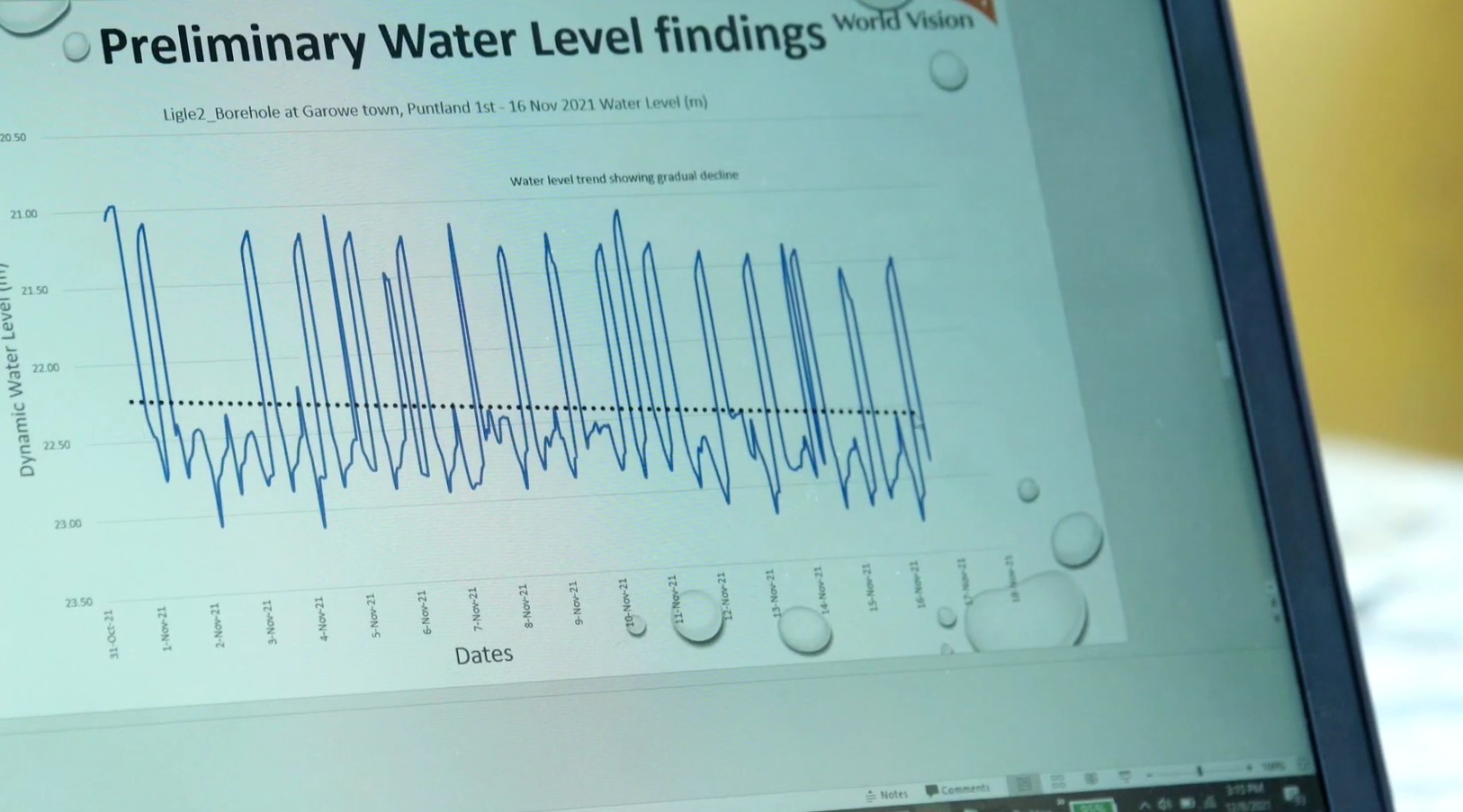
One example of how World Vision is doing just that is through our Somalia Accelerator Fund project, where we plan to monitor groundwater data for early warning signs of droughts or floods and work with the UN and government of Somalia to use the data for disaster mitigation planning. The more you know about this invisible source of water, its quantity and quality, the better you know what to do together to ensure children and their communities can have consistent access to water sources.
Learn more about this innovative approach by taking part in this story map on groundwater resources-monitoring in one of the world’s most water insecure regions, the Horn of Africa.
The availability of fresh water is vital to human thriving, but this limited resource has become stressed by the growing global population and its influence on the planet. Water security is further worsened by climate change, which has brought more severe and frequent droughts and flooding. Ultimately, water insecurity undermines sustainable access to water, sanitation, and hygiene services and disproportionately impacts vulnerable populations.
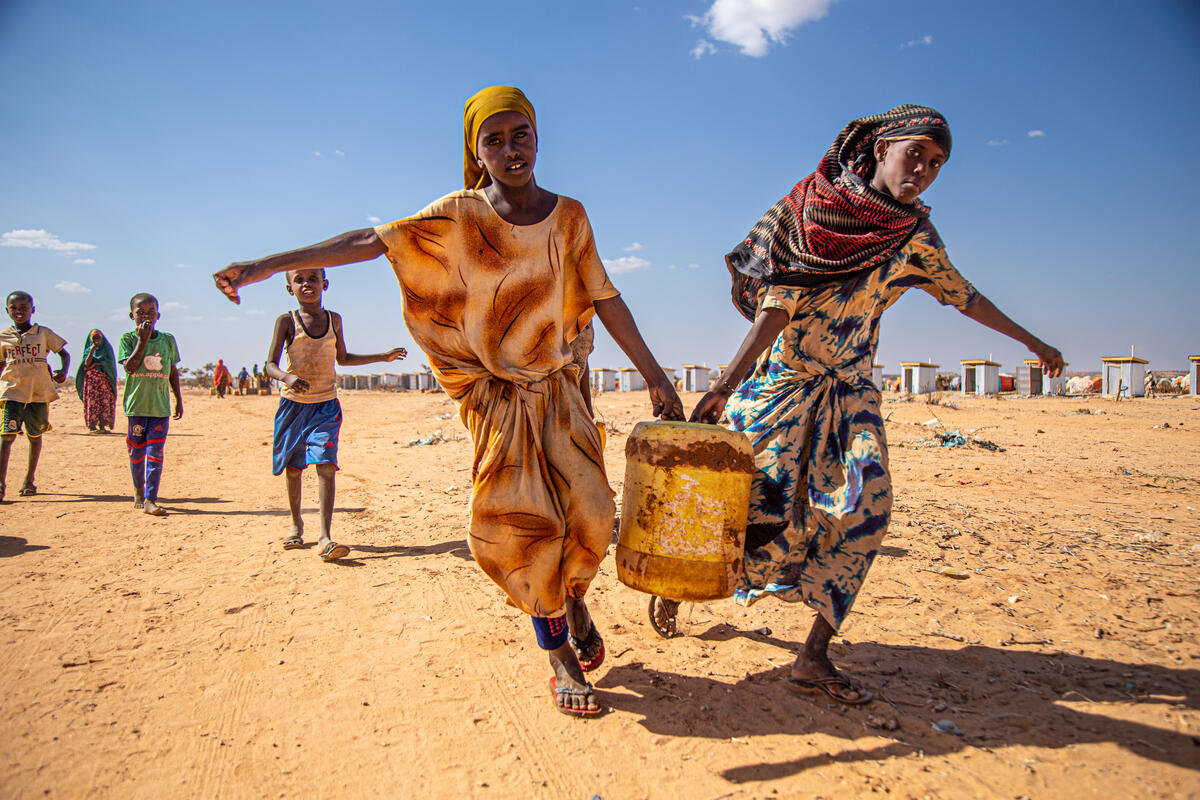
To learn more about how World Vision and others are promoting water resources management in our country programs, join us at the All Systems Connect International Symposium, May 2-4 at the Hague, the Netherlands. Register here.
>>Learn more about World Vision’s WASH work by clicking here and the ground water monitoring story map here
>>Watch the video about real time remote water monitoring below
Allen Hollenbach, is World Vision US’s Technical Director, WASH Services Quality. He has 22 years of experience working at the nexus of sustainable development and project management, and has a master’s degree in the environmental and social sciences. Allen’s specific areas of expertise include: water, sanitation, and hygiene (WASH); water resources management; climate change adaptation; as well as core competencies in monitoring, evaluation, and learning. Find him at Allen Hollenbach | LinkedIn
